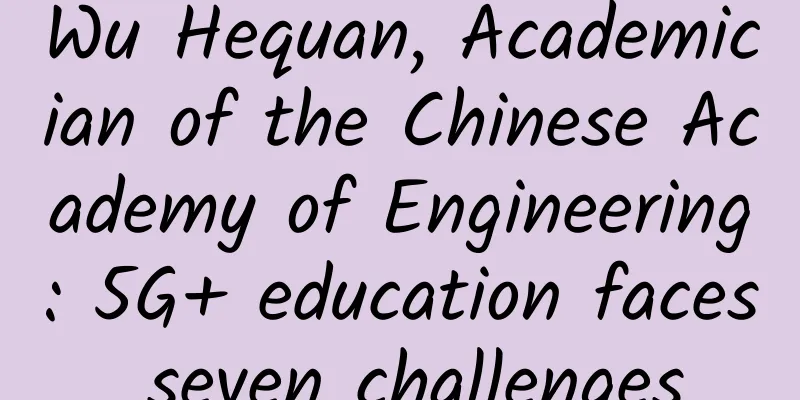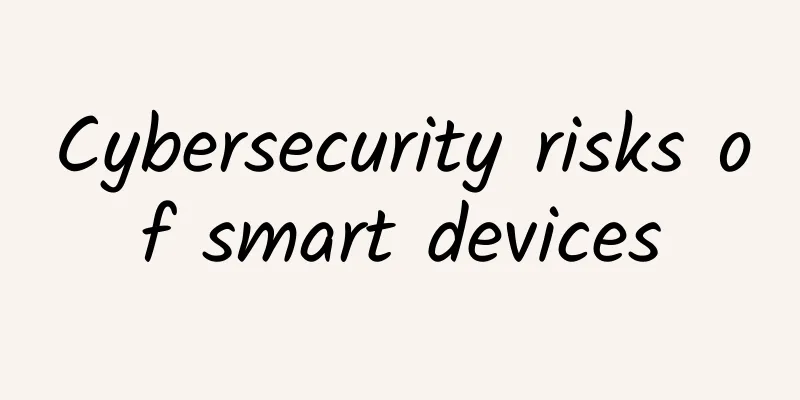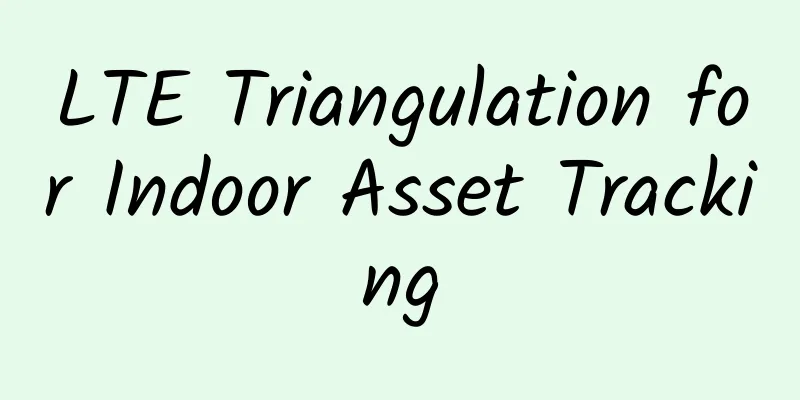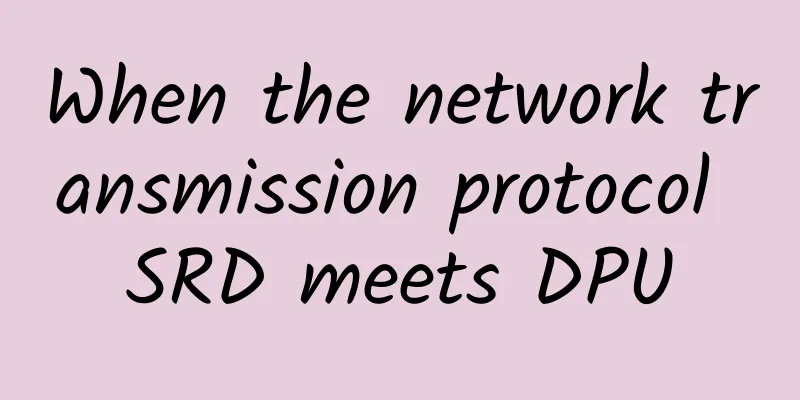Wu Hequan, Academician of the Chinese Academy of Engineering: 5G+ education faces seven challenges

|
Education is a major national and party priority. It is of great significance to accelerate the modernization of education and provide education that satisfies the people.
With the advancement of my country's education informatization strategy and the steady growth of education investment, the construction of teaching informatization has made significant progress and the teaching level has continued to improve. The pursuit of education equity and quality, education innovation, personalized education, and ability training have become the common themes of education today. Based on cloud computing, big data, artificial intelligence, the Internet of Things, 5G and other technologies, a new model of intelligent, perceptual, and ubiquitous smart education has become the main theme of education construction. On November 19, as an important part of the 2020 China 5G+ Industrial Internet Conference, the "5G+ Education" special meeting and the Future Education Conference in the Intelligent Era and the 2020 Annual Meeting of the Future Education Professional Committee of the China Education Development Strategy Society, co-organized by the Ministry of Industry and Information Technology and the People's Government of Hubei Province and hosted by China Unicom, were held in Wuhan. At the meeting, Wu Hequan, an academician of the Chinese Academy of Engineering, said that mobile communications have evolved from 1G, 2G, 3G, and 4G to the 5G era. Compared with previous generations, 5G has made great progress in technology, its application scenarios have been further expanded, and its performance has been greatly improved, ushering in a new era of mobile communications and helping to improve the level of educational informatization. "With the support of 5G, VR education will be implemented more quickly." Wu Hequan pointed out that the main applications of VR education can be divided into three scenarios. The sensors in the VR helmet sense the wearer's body position, posture and visual focus, and through 5G combined with AI processing, return the corresponding video, realizing a change in the way content is acquired, truly achieving both education and entertainment. 5G+VR education - build virtual learning environments, virtual laboratories, celestial motion in the universe, the microscopic world in biology, etc., to present knowledge in an image-based, vivid, and intuitive form. It can simulate many high-cost, high-risk teaching and training, such as earthquakes, airplane driving, and surgical simulations; it can restore historical scenes, such as museum exhibitions and prehistoric times. Mathematics and physics classes require the explanation of geometric models. After wearing the device, students can see the three-dimensional model and manipulate it at will from multiple angles and see through the internal structure. "In terms of extracurricular tutoring, 5G+ education has great potential." Wu Hequan emphasized that when students encounter problems they do not understand while studying at home, they can use 5G mobile phones to take pictures of text or pictures in the books and upload them to the cloud for search. The related explanations can be downloaded to the mobile phone, which is easier to understand in the form of animation or video explanations. In addition, 5G mobile phones or 5G+AR glasses can give visitors free access to the exhibits and scenery they see, and they can take photos or videos of them directly to the cloud for search, and the relevant explanations will be sent back immediately. Wu Hequan emphasized that although 5G can comprehensively transform the teaching experience, it is worth noting that 5G+ education still faces seven major challenges: The cost of 5G terminals and AR/VR wearable devices is still high, making them difficult to popularize. There are still few courseware that adapt to and reflect the characteristics of 5G, and it is urgent to develop relevant courseware content such as high-definition image quality, four-dimensional animation, VR/AR, etc. Online education and offline education are complementary, and we need to increase the development of 5G application scenarios for offline education. 5G+ education can maximize the use of high-quality educational resources, but at the same time it puts forward new requirements for teachers. The existing teaching staff needs to adapt to the needs of the new era and integrate into the 5G+ education model more quickly. We need talents who understand both IT technology and education to develop more and better new models that are suitable for 5G+ education; In the 5G+ education era, a teacher can teach tens of thousands of students, but the personalized characteristics of education must also be emphasized. AI needs to be used to help analyze each student and teach students in accordance with their aptitude. "The furthest distance in the world is when we sit together and look at our phones." Wu Hequan pointed out that 5G+ education should guide students to use the Internet correctly and avoid becoming addicted to the Internet. |
Recommend
From WiFi to NB-IoT, exploring the high-tech access methods of smart door locks
Hello everyone! I am Xiaomi, a 29-year-old who is...
Solve the problem of pipeline complexity in data centers: Seventeen principles of pipeline avoidance!
1. Small pipes give way to large pipes: Small pip...
Huarui Cloud: Hong Kong CN2 GIA lightweight cloud server from 19 yuan/month, Inner Mongolia BGP enterprise cloud server from 34 yuan/month
Huaruiyun is affiliated to Shenzhen Huaruiyun Net...
my country successfully launched the communication technology experimental satellite No. 6: mainly used for satellite communications, radio and television, data transmission and other services
[[380675]] CCTV News reported on February 5 that ...
The next step for the intelligent interconnection of all things: real-time interaction may become the water and air of the metaverse
On October 22-23, the RTE2021 Real-time Internet ...
Abandon 2.4GHz! This is the new Wi-Fi standard 802.11ax
In our daily router reviews or shopping guides, w...
The latest Redis unauthorized access vulnerability, how to protect Redis security?
Redis is an open source, network-based, memory-ba...
4000 words on TCP timeout and retransmission. If you don't learn anything from reading this, I'll lose.
The previous article introducing TCP, "TCP t...
Alipay and WeChat are included in UnionPay clearing
As the deadline for the payment industry to "...
"Resonance" Connecting Everything Ruijie Networks 2019 Internet Technology Summit Opens
The resonance of technology and business is drivi...
TCP/IP Appetizer: HTTP
[[381273]] This article is reprinted from the WeC...
What can 5G messaging bring to industry customers?
5G messaging is planned and built based on the GS...
4G loopholes cannot be plugged and 5G cannot be the savior
Two American universities have discovered a large...
RackNerd "Memorial Day" Sale: Los Angeles VPS from $14.99 per year
RackNerd has launched a Memorial Day promotion, w...
Huawei Cloud meets in a blessed place, connecting the present and future of Fujian
On September 20, 2017, the "If the Future Ca...







![[Black Friday] DesiVPS: 1Gbps unlimited traffic high-security VPS annual payment of $26.99, free IP change once a month, Los Angeles data center](/upload/images/67cac01b325a5.webp)

